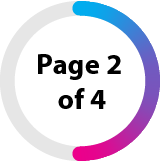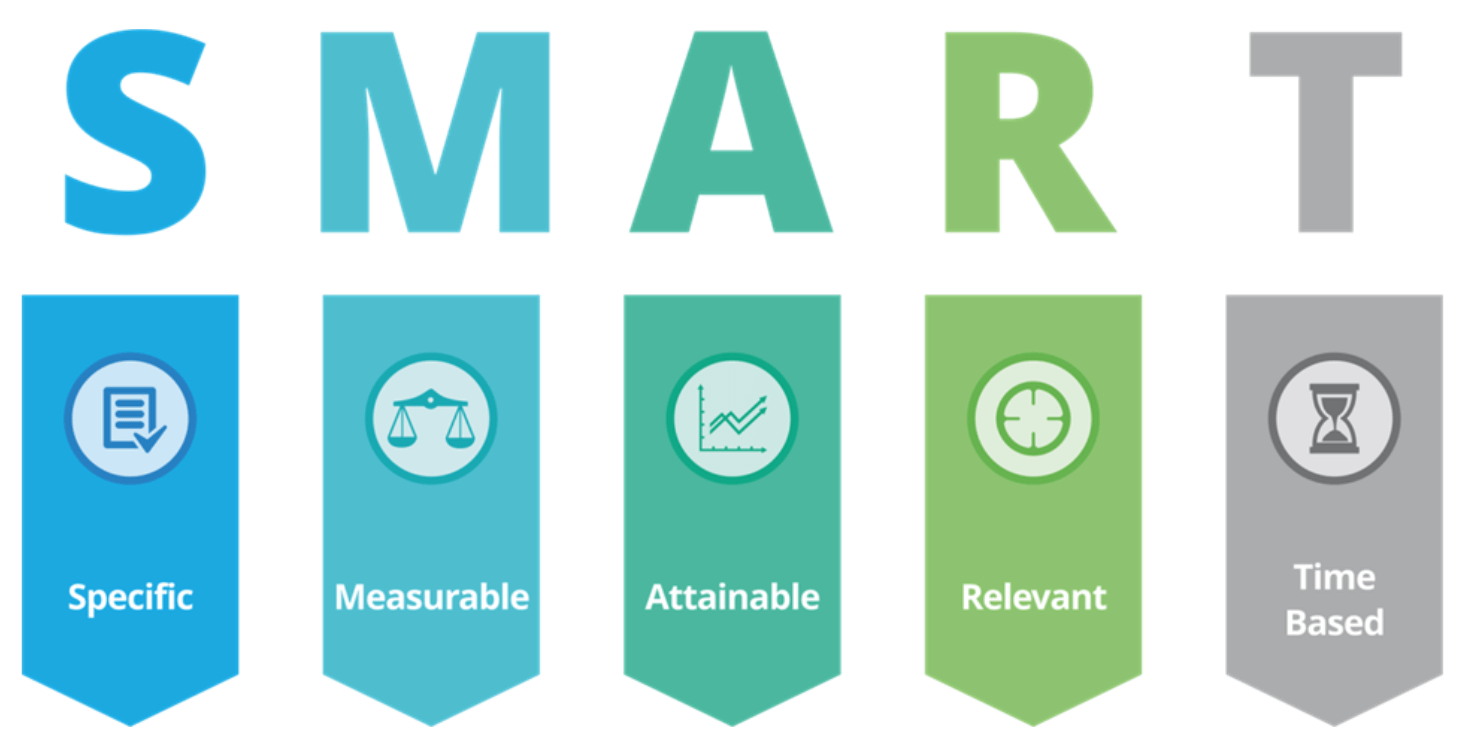Responsibilities during the research process
During the research process you will have some key responsibilities which you will need to manage. Your supervisor will also have responsibilities during the research process. It is important to remember that the primary responsibility for the management of your learning rests with you. Being aware of the supervisor-student relationship will help prepare you and help you get the most out of your meetings.
Your responsibilities
Watch the following to identify what your responsibilities are:
Your Supervisor(s) responsibilities
You may have met your supervisor’s already. They will play a crucial role in guiding you through your study. It is important to be honest in the student-supervisor role. Part of doing this is to understand what you need from a supervisor. You are expected to do a lot of work yourself. It is good to establish how often you will meet and set tasks to complete between meetings. Take notes during your meetings so you can refer back. This relationship is crucial and it is part of your job to handle this well.
Watch the following to identify what your supervisor responsibilities are:
More information and guidance is available in your Student Handbook and PGR Handbook.
The University and you
There are a number of University organisations and websites that you can make use of while at Southampton. They fall in to two categories; Resources to help you as a researcher and resources to support you as a student.
Resources: the University and you
Please click on the image below for an interactive graphic (opens in a new window):
Motivation
Briefly, intrinsic motivation refers to internal factors that motivate us. This can be doing something for the fun of it because we are interested or passionate and excited about it. In our research, we want to contribute to the field and become an expert. Being intrinsically motivated therefore is an important motivator in sustaining you through those difficult, confidence-sapping and frustrating periods.
Extrinsic motivation refers to external factors that motivate you and these tend to be tangible rewards rather than doing something just for the fun of it. An example of extrinsic motivation could be the lure of getting an interesting job at the end of your degree. You may feel that with this qualification you have better opportunities and along the way develop additional personal and professional transferable skills that you can offer a potential employer. There is of course an overlap between intrinsic and extrinsic motivation and it is in no way a clean dichotomy. However, a successful research student needs to be well motivated both intrinsically and extrinsically. The important thing is whether your strategy keeps you motivated, not whether other people agree with you.
Keeping motivated
Your level of motivation will affect your chances of success. There will be times when you do not feel like studying, or reading the paper(s) you have set for that day, or you start thinking you should be doing something different. At times like this, you will need strong motivation to keep going. For further guidance on keeping motivated read this article: 5 ways to motivate yourself to study a boring subject and/or complete a project.
Where does your dominant motivation lie?
Now think about your personal situation (consider these external motivation factors). How do you think the following can influence your motivation (negatively and/or positively)?
- Age
- Personal relationships
- Having children
- Being a carer
- Method of payment (you are paying, your company pays, your family pays or you have a scholarship etc.)
- Studying full time or part time
- International or home student
Can you add to this list? Why not make a list of things in your life which can influence your motivation. Keep this to hand and when you\’re not highly motivated take a look at this list and see what might be influencing your motivation (negatively and/or positively).
Setting and reviewing SMART learning goals
A tried and tested method of achieving set goals is to produce action plans for change. Setting SMART learning goals can help with your motivation and will identify at an early stage any obstacles in the way of you achieving your goal. They should be SMART learning goals, please click on the image below for an interactive graphic explaining SMART goals:
ACTIVITY Have a go at creating some SMART learning goals. Use the following template to help you create your goals.
The next section looks at the research process, what it is, what it involves and what research study skills are.



